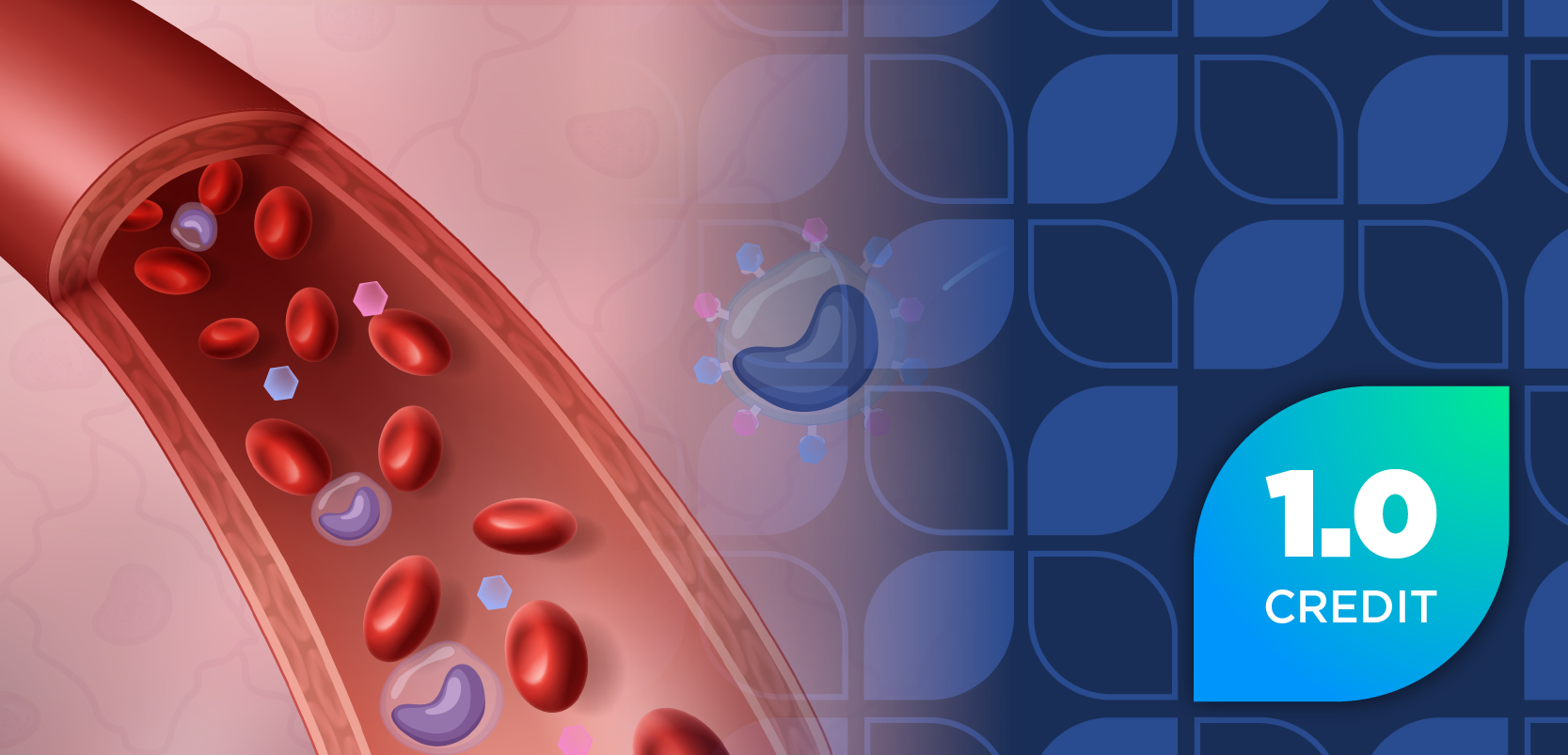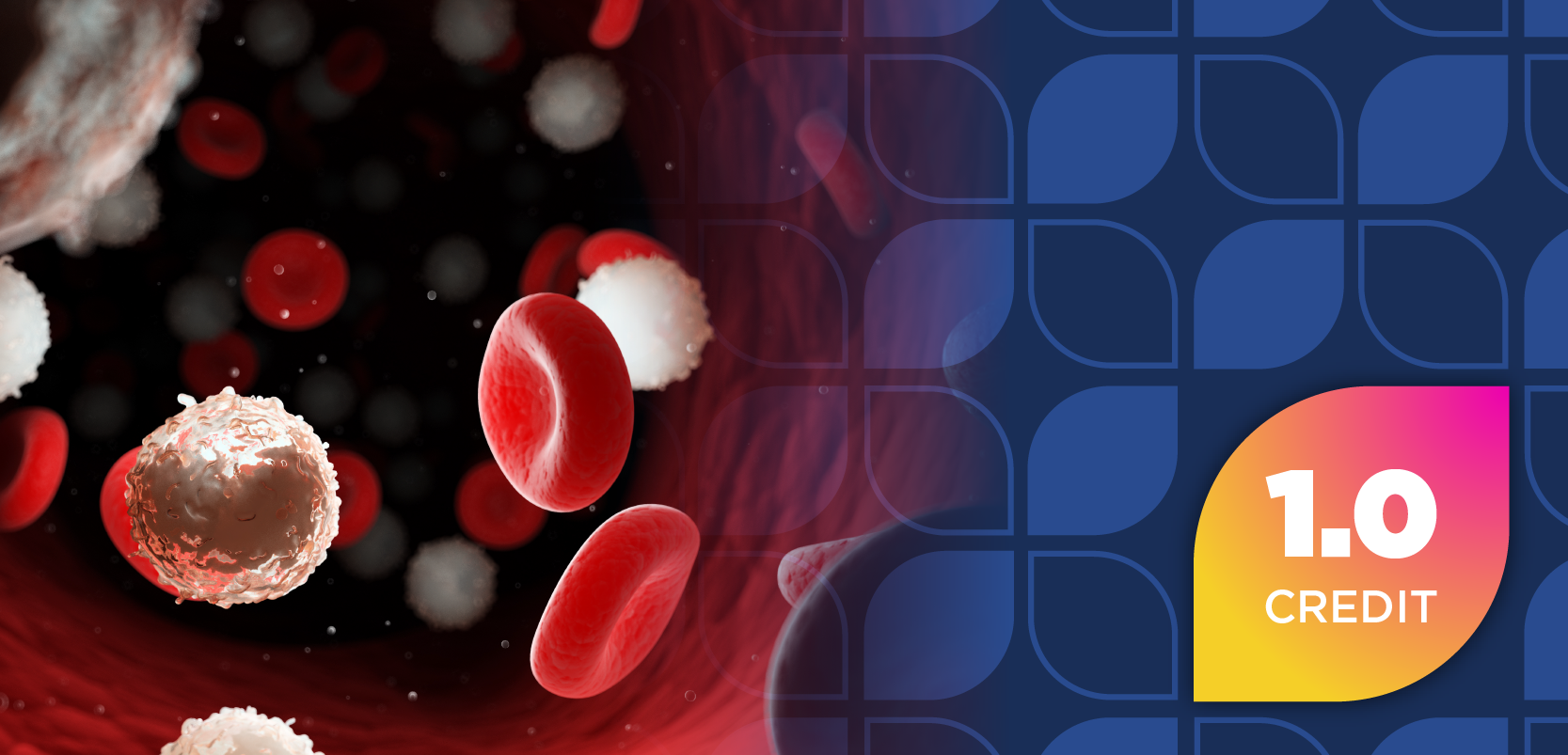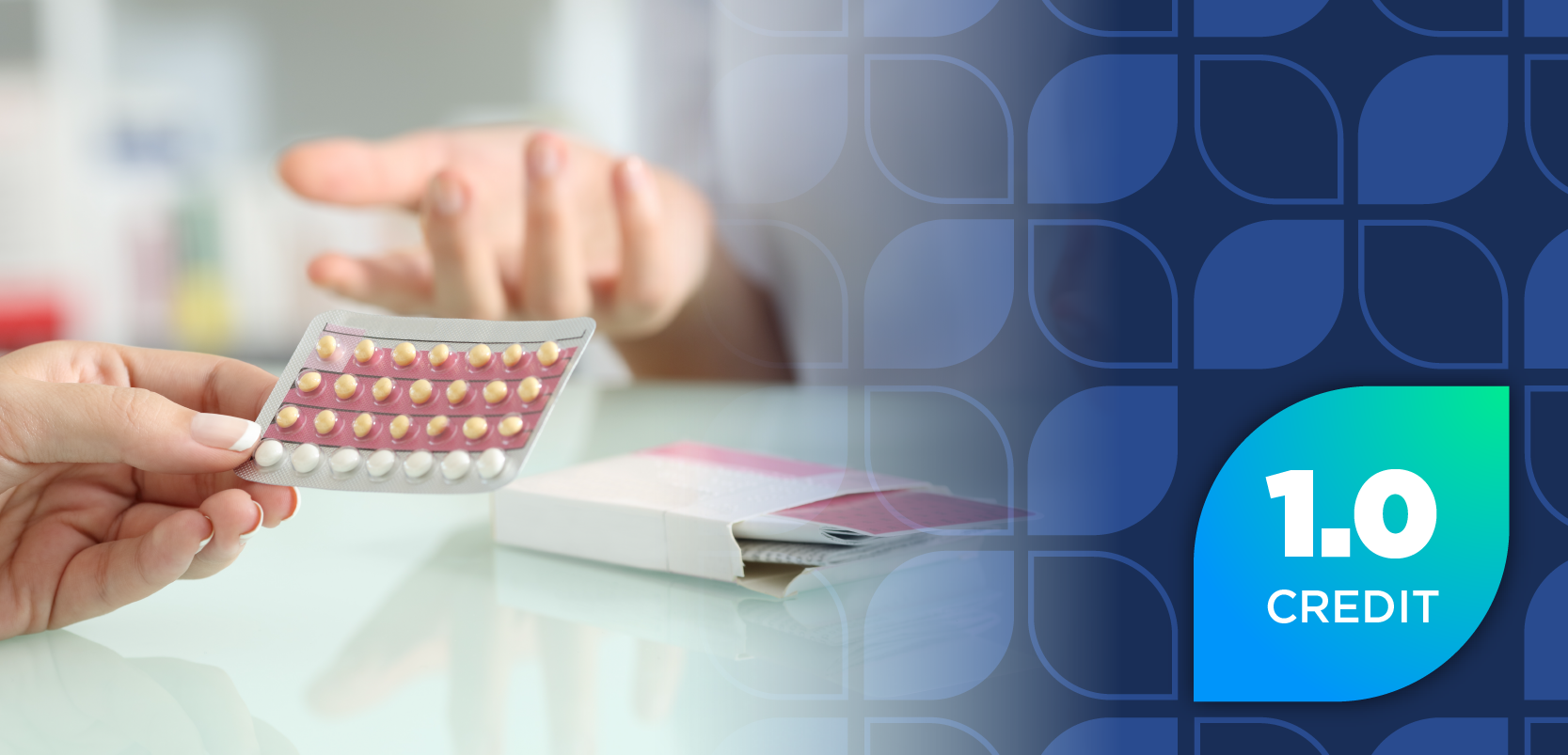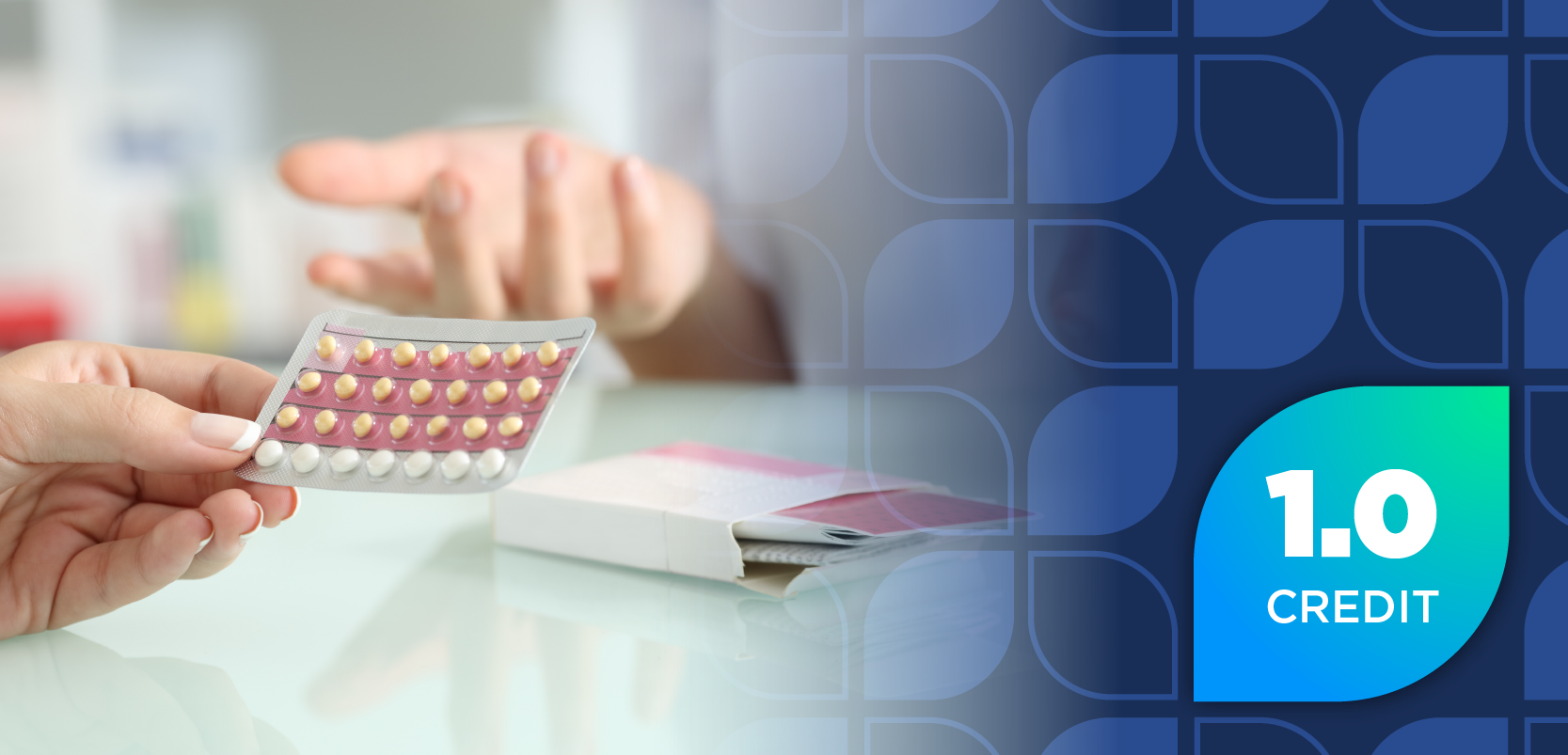EMV Chip Cards: What Pharmacies Need to Know
Independent pharmacies will want to consider updating their credit card processing terminals to accept EMV chip cards this fall.
Independent pharmacies will want to consider updating their credit card processing terminals to accept EMV chip cards this fall.
Named after their original developers (Europay, MasterCard, and Visa), EMV cards have a small, metallic square on the front of the card that serves as a microprocessor to store data securely, making the cards nearly impossible to counterfeit.
The magnetic stripe on many US cards currently relies on old technology similar to what’s used in cassette tapes, said Mary Hughes, senior payments information consultant for the Federal Reserve Bank of Minneapolis, during a Small Business Administration (SBA) webinar.
One of the main reasons pharmacies will want to migrate to EMV is that starting October 1, 2015, the liability for credit card fraud will shift from banks to stores that are not EMV compliant.
When a customer uses a counterfeit, stolen, or a compromised card at a store, the entity responsible for recouping those losses has typically been the payment processor or bank. But now, liability will shift to “whichever party is the least EMV-complaint in certain fraudulent transactions.”
This means that pharmacies lacking updated credit card processing systems to accept chip cards could be liable for the chargeback resulting from the fraud.
The United States is the last developed country to migrate to EMV, according to Hughes. More than 80 countries are already using chip cards.
The Merchant Advisory Group estimates that around 20% of merchant point of sale (POS) terminals will be EMV-capable by the end of 2015. Meanwhile, OnTrack Advisory pegs this at 25% to 30%, and Visa estimates that 47% of POS terminals will be equipped to accept EMV.
Hughes noted that larger retailers are more likely to adopt EMV capabilities sooner than smaller businesses.
One reason could be a lack of awareness, as only about half of small businesses are aware of the October liability shift, according to Hughes.
In addition, only 31% said their existing credit card processing system accepts chips, and 29% of small business owners planned to adopt EMV capabilities this year. Hughes noted that 40% said they did not yet have plans to change their credit card processing in 2015.
Hughes advised small businesses to contact their acquirer or payment services provider in order to learn more about their options for new in-store technology and internal processing systems.
“The cost of converting to a chip-reading terminal varies tremendously,” Hughes added.
The average cost of an EMV-complaint POS terminal is between $500 and $1000, according to CreditCards.com.
However, small business owners will benefit from both avoiding the liability shift and attracting customers who are more willing to shop at a store where their credit card purchases are secure, Hughes noted.
Pharmacies will also benefit from being able to serve customers with foreign cards that already use chips.
CardHub gathered the following data on some of the largest retailers and their plans for EMV:
· Walmart: planning for a 100% upgrade by November 2014.
· Walgreens: all stores accept chip-and-pin cards.
· Target: chip card readers were installed in September 2014.
· Rite Aid: has EMV-ready equipment for domestic and interactional transaction processing.
· Kroger: has systems compatible with EMV.
· Kmart: has systems compatible with EMV.
· H-E-B: will have a 100% upgrade by June.
· Costco: 100% upgrade.
· Bi-Lo: 100% upgrade.
· SUPERVALU: 100% upgrade.
CVS spokesperson Mike DeAngelis told Pharmacy Times that the pharmacy chain has a plan to be EMV-ready “before the end of fall.”
In a press release, Walgreens noted that around 60,000 POS terminals had been upgraded for EMV chip cards ahead of the October 1, 2015 deadline.
Newsletter
Stay informed on drug updates, treatment guidelines, and pharmacy practice trends—subscribe to Pharmacy Times for weekly clinical insights.
Related Articles
 IMS 2025: Improving Outcomes with Bispecifics in Multiple Myeloma
IMS 2025: Improving Outcomes with Bispecifics in Multiple MyelomaSeptember 19th 2025
 Effectively Managing Immunizations in the Long-Term Care Setting
Effectively Managing Immunizations in the Long-Term Care SettingSeptember 18th 2025
 Creating a Culture of Quality in Fast-Melt Tablet Development
Creating a Culture of Quality in Fast-Melt Tablet DevelopmentSeptember 18th 2025


















































































































































































































